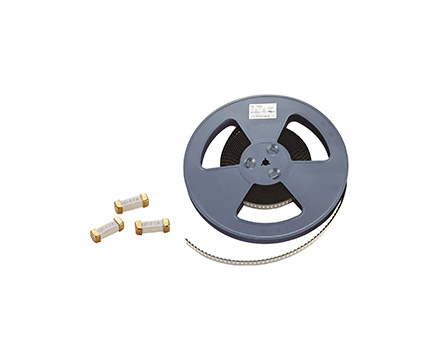
1、 Current Rating (In)
The rated current of a fuse refers to its nominal rated current, usually the maximum current that a circuit can operate. The ability of a fuse to carry current, with each fuse having its specific rated current, which needs to be determined through a clear test condition. Once the current exceeds its rated value (a predetermined period of rated current), the fuse will timely open the circuit.
Incorrect selection: Using the current value that the fuse is expected to blow as the rated current value.
2、 Voltage Rating (Un)
The rated voltage of a fuse refers to its nominal rated voltage, usually the maximum voltage that the fuse can withstand after disconnection. In order to ensure that the fuse can safely disconnect the short-circuit current in its related circuit, it must be operated at a working voltage lower than or equal to its rated voltage.
Incorrect selection: The rated voltage of the fuse must match the circuit voltage!
3、 Ambient temperature
The ambient temperature refers to the temperature of the air directly surrounding the fuse during operation. The ambient temperature should not be mistaken for room temperature, as the air around the fuse is in a closed environment or adjacent components may release heat. So, its temperature is usually higher than room temperature. Due to the rated value of the fuse being set at a standard ambient temperature of 25 ℃, it is necessary to derate the use of the fuse in order to adapt it to various actual conditions.
Read recommendations: